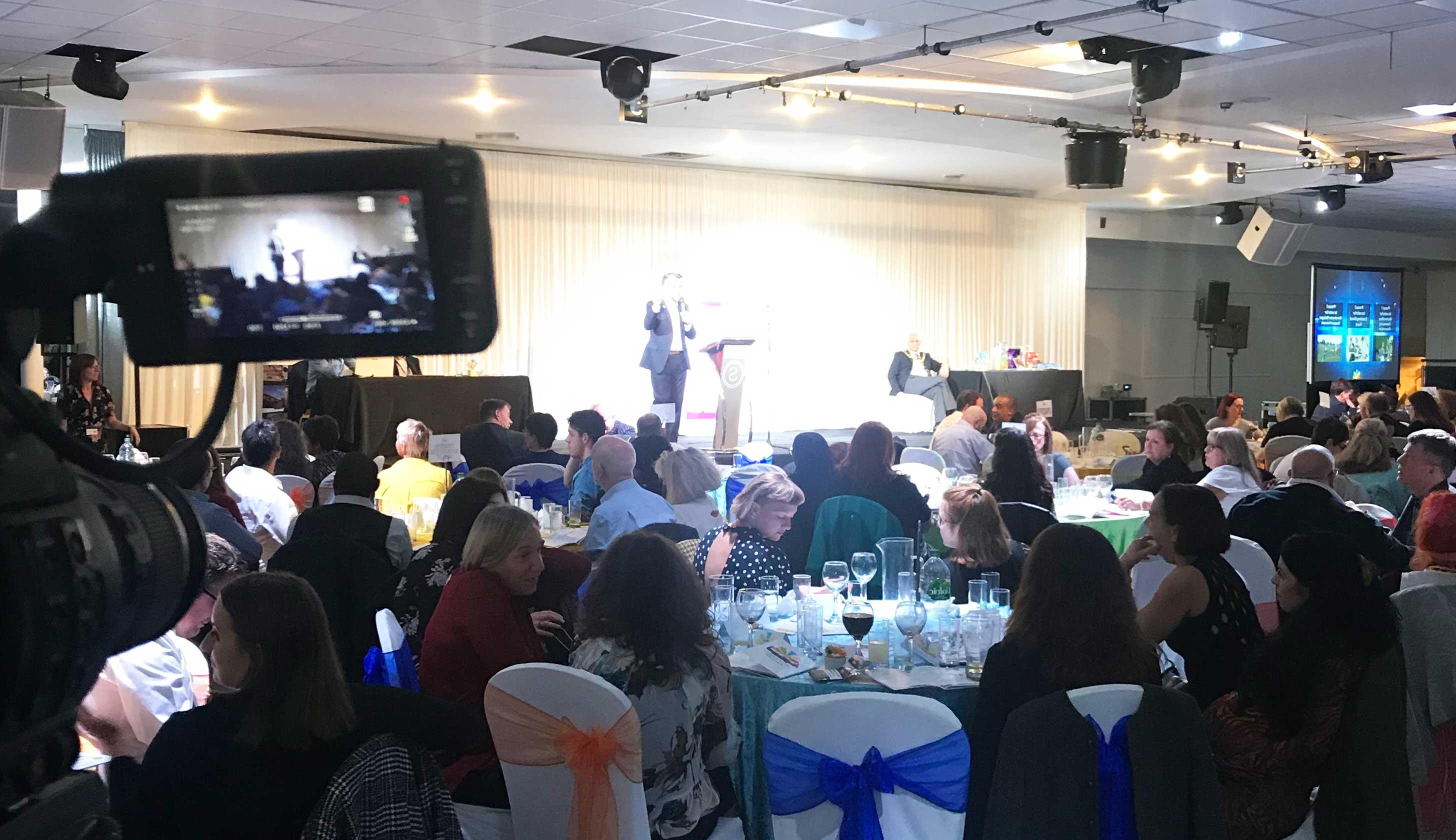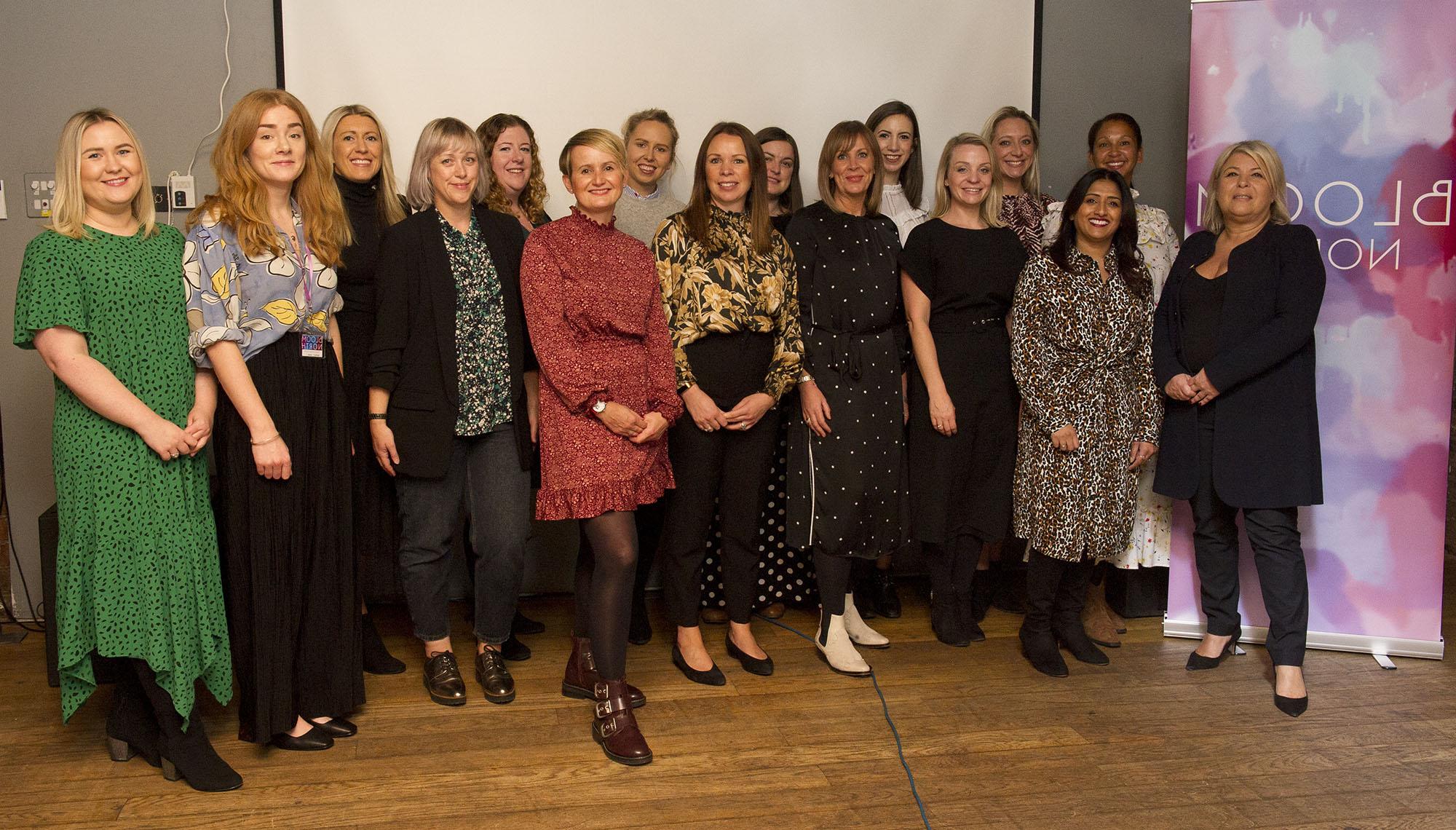
International Women’s Day this year focuses on Embracing Equity to get the world to start talking about why equal opportunities aren’t enough.
To shine the light on this important topic, we asked some brilliant women at Intechnica and Crosslake: ‘How can we be champions to embrace equity for women in technology?’
Here’s what they had to say...
Recognising differences

Equity refers to the practice of recognising different circumstances which individuals may face and taking this into account when offering opportunities, rather than treating everyone as a homogenous group.
“For me, championing equity for women in technology is about firstly recognising the differences between women as a wider group. It is crucial to consider how those differences may lead to varying levels of access to technology whilst growing up and, later, jobs within the industry.
For example, many socioeconomically disadvantaged schools struggle to provide technology-enabled learning to their pupils due to under-funding. Young girls at these schools not only face the oft-cited barrier of technology being a traditionally male-dominated space; a lack of access to technology also means they are not acquiring the relevant skills to later enter the industry, or even the basic awareness of technology as a viable career option. To address this digital divide, we could be working with schools to educate young people about the technology careers on offer and supporting initiatives and charities that help to provide technology access to disadvantaged schools...“
Amy Dewar, Consultant, Intechnica
“Understanding that we are all different and have individual needs is important. Not everyone can and will work at the same pace or at the level of complexity you may want. By understanding the needs of the individual to move in the career direction required means you can work at their pace and ensure that their experience is a positive one.
Ensuring that we provide the right working environment for everyone to feel safe and encouraged is key. The only barrier to anyone working in tech should be their own aspirations; if we as employers are making it difficult, then we need to recognise this and do something about it.
To do that however, we also need to understand from our colleagues what those issues are and work together to resolve them.
No-one should be afraid to ask for help whether it be recognition of their role, flexible working or help with their well-being. Regardless of gender we need to work together to ensure that we are doing the best for everyone who works with us.“
Dawn Sherwood, Chief Operating Officer, Intechnica
Creating an environment that is inclusive rather than exclusive is imperative to make all women feel empowered at work.
“As women in technology, we are in the unique position of having our own stories and experiences that we can use to help and encourage others at different stages of their careers.
There’s lots of ways we can do this, such as the simple act of passing on skills to our colleagues, mentoring other women, or attending and speaking at events. If our work environment is to be equitable, everyone should have the chance to speak and be heard, sometimes this can be more difficult for women, even in a remote setting. So, one thing we can do in our everyday work lives is make sure everyone in a meeting feels comfortable, has the space to speak, and understands that their opinion is valuable even if they aren’t the loudest person in the room.“
Fiona Fairbairn, Consultant, Intechnica
Addressing intersectionality

Intersectionality is a powerful framework that can help us understand and address inequity, taking into account overlapping identities and experiences to understand the complex preconceptions that we may face.
“It’s vital that we take an intersectional approach when working to achieve equity. Women aren’t a homogenous group and we each face our own challenges alongside the sexism that IWD initiatives generally seek to combat. It’s all well and good to provide equal opportunities, but we need to recognise that everyone reaches those opportunities from a different position and only with equity can we truly level the playing field.
Already at a disadvantage because of gender discrimination, many women and non-binary people also experience prejudice because of their other identities. In order to truly embrace equity for women and non-binary people in technology, we also need to address these intersections and make sure that we’re working all year round to eliminate biases based on age, disability, gender identity, sexuality, race, religion, class, maternity, and marital status as well as gender.
We’re all better able to reach our full potential when treated as individuals. As well as running company-wide initiatives to actively address the intersecting barriers we face, real champions for equity must also help team members tackle their individual challenges and reach their professional goals through mentoring schemes, tailored personal development training, regular check-ins, and great work-life balance.“
Jade O’Neil, Delivery Manager, Intechnica
“...Socioeconomic background is just one example, however. We can go further by acknowledging the many intersecting ways women are being excluded from the tech industry – be it on the grounds of race, sexuality, disability, or gender identification – and start exploring how we can shape our workplaces to accommodate and empower all women.”
Amy Dewar, Consultant, Intechnica
Championing our peers

Championing those around us, both in everyday life and in the workplace is hugely beneficial for creating an equal environment.
“For change to happen, we need sustained forces on a number of different levels. We need powerful influencers, we need inspirational change-makers, we need visionary law makers, and we need critical mass. A force for change begins with you. You can take small but critical steps to bring about change, exerting your personal power and influence on a day-to-day basis. I have three practical suggestions for you to consider: 1) Call it out, 2) Build alliances and 3) Ask for what you want.
- Call it out: If you ever witness discrimination, however seemingly trivial and small, call it out. Don’t witness in silence. Comment on your observation. Nothing may change at the time, but your voice will be heard.
- Build alliances: Build alliances to support you, and don’t get caught in isolation. Invest time and energy in creating a network of people around you, of colleagues, friends and family, who can give you support and advice. Seek out communities of like-minded people you can join. You are not on this journey alone.
- Ask for what you want: Do you want to work on that cool, interesting project at work? Do you want a raise? Ask for it! Make a case for why it is a fair ask. Engage in a conversation about how and when you can get what you are looking for, if not now.
These are steps along the path. Engage in them and if nothing else, you will feel more empowered. And that is a change in the making!“
Kiana Mohseni, Practitioner, Crosslake
“The most important thing for us to do to embrace equity for women in technology is to insist on transparency and flexibility. From equal pay for equal work to flexible hours and childcare options. By doing so, women will have greater opportunities for professional development whether they are mothers, career switchers or career starters. As a technology company, we can better support the advancement of women in technology by providing them with opportunities to build a wide array of skills, along with structured guidance on their professional development.
A potential area for companies to explore is having in-house champions, a group of women in the business who actively discuss and promote potential development and training opportunities for women. Having more women in senior roles within a tech business promotes a culture of equal opportunity, diversity and inclusivity.“
Stephanie Saphier, Consultant, Intechnica
Driving change

Embracing change is a fundamental aspect of life, it can be said to be a constant element in life which is why we should aim to take control of change instead of resisting it.
“With Susan Wojcicki leaving YouTube, it made me think that it was a newsworthy event, and that made me a little sad. After several years, it is common for a CEO to move on, but women in top executive positions in technology companies are rare enough that any departure becomes significant. It was a loss. It was tough when women like Susan, Ginni Rometty or Sheryl Sandberg started working in technology. Women were few and far between at tech companies, and they had to blaze a trail for themselves. They were fighting inertia and prejudices while being intelligent and good at their job. The phrase dancing “backward and in high heels” comes to mind.
The good news is that there is less friction today for women in technology than when Susan or Sheryl entered the workforce. Women are starting to build some momentum. Businesses know that diversity is crucial in growing their products, understanding customers, building a stable workforce and, ultimately, increasing profitability. Companies with a more diverse leadership outperform companies with a less diverse leadership structure. As noted in the Women in the Workplace report, women in executive ranks have increased from ~25% in 2017 to ~30% in 2022.
How does a company increase momentum? By shifting from conceptual equality (the right to have a job) to equity (the ability to succeed, starting with equal footing). Tools such as bias training for recruiters and hiring managers, situational management training for managers, or developing a coaching or mentoring program go a long way to creating an equitable workplace. But this change doesn’t have to come from the top and certainly doesn't have to be a human resources initiative. Equity happens when we individually champion the change.
There are several ways to be a trailblazer of today. Get involved with organizations like Girls for Technology or STEM for Women. Offer to be a mentor or coach in your company. Provide insight and ideas to your company leadership team to balance the scales. Let’s keep the momentum going!“
Elisabeth Embry, Lead Practitioner, Crosslake
"Visibility: Representation matters! Female representation in executive leadership positions demonstrates to women within the organization that as they grow in their roles and move up at the company, they too could one day have a seat at the table. Further, women are more likely to succeed if there are strong growth opportunities and mentors (both men and women alike) to support their professional development.
Compensation & Elevation: Ensure fair and equal compensation among women and men. When assessing performance, determining bonuses and/or promotions – be cognizant of gender biases that may impact career advancement. If someone went above and beyond, reward that too!
Responsibilities & Asks: Be mindful of assigning non-promotable tasks to women within the workforce that are not aligned with their roles. Women can sometimes disproportionately be asked to take on administrative tasks. This could be in the form of note taking, organizing events, or handling communications. If these tasks fall outside of someone’s role, yet need to be done, equally disperse the responsibilities among men and women within the organization.
Flexibility: To attract and retain female talent, find ways to support women who sometimes may need more flexibility within their roles. This could be in the form of remote work options and/or flexible working hours. Bonus points for a good maternity/paternity leave policy!
Give back and get involved: Encourage women of all ages to be bold and ambitious in their careers and help pave the path for them to move up! The best ideas are born from diverse communities. “Every woman’s success should be an inspiration to another. We’re strongest when we cheer each other on.” ― Serena Williams
Jenny Mills, Director, Client Relations, Crosslake
Thank you to all who shared their amazing thoughts on how we can embrace equity for women in technology!









